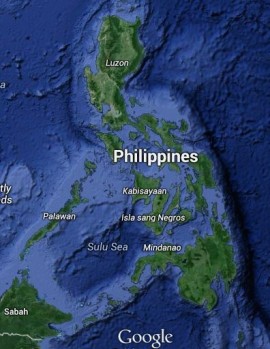
The Philippines is highly vulnerable to natural disasters. According to the World Risk Report 2012 of the Alliance Development Works, the Philippines ranked number three in the world risk index in terms of the highest exposure to natural hazards and climate change.
It is estimated that an average of 20 typhoons hit the Philippines every year. In 2013, a very powerful typhoon, Haiyan (locally called Yolanda) hit the Philippines, killing more than 6000 people and leaving 4.1 million homeless.
Situated along the Ring of Fire, an area where a large number of seismic activity and volcanic eruptions occur around the edges of the Pacific Ocean, the Philippines is also prone to earthquakes and volcanic eruptions. The Pacific Ring of Fire proved deadly when a 7.2-magnitude earthquake struck the island of Bohol, a month before Haiyan devastated the central Philippines, displacing more than 300,000 people and damaging several infrastructures including century-old churches, school buildings, roads, and bridges.
The massive effects of both typhoon Haiyan and Bohol earthquake have prompted the Philippine government and other organizations like United Nations (UN) to collaborate and study how to further improve the system.
One of the current initiatives is an ongoing project of the Department of Science and Technology, Philippines and UN Economic and Social Commission for Asia and the Pacific (ESCAP) to review and improve the building code for school buildings.
School buildings need to be particularly safe as children are more vulnerable to disasters and school buildings are also being used as evacuation and relief centers in times of emergencies and calamities.
UNESCAP is working to develop a concept paper that would link the concept of sustainability to disaster-resiliency in school buildings and further incorporate these priorities in updating building codes for schools. Dr. Naveed Anwar, Disaster Risk Management Expert and Executive Director of AITC is assisting UNESCAP in this assignment, more specifically to develop a strategy that focuses on integrating sustainability and resilience to climate change and disaster in low-cost building codes, designs, and construction. Dr. Naveed will also participate in the national consultative workshop to present the strategies to stakeholders and policymakers.
Sources: UNESCAP, UNESCO, Alliance Development Works, ADB
Related News: UNESCAP and AIT Launch Building Codes Project

